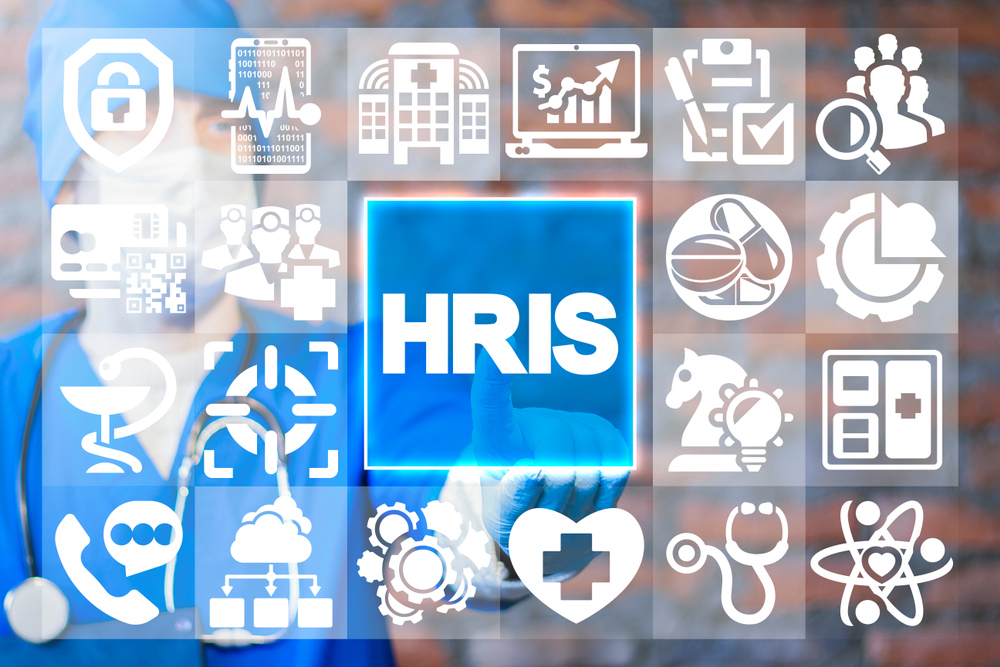HR is among the busiest and most impactful business units in any company. HR professionals handle everything from finding, vetting, and placing new employees to handling employee relations, benefits, payroll, and professional development. But sometimes, it can feel like the entire job is a paper chase. Documentation is important, but it’s easy to get bogged down in paperwork.
Automation can help HR professionals capture, track, and store every piece of data generated, from an employee’s first contact with the company as a job candidate through his or her last day and beyond. To enable workflows and track employee documentation, many HR departments use a Human Resource information system (HRIS) to automate and organize core HR tasks.
Common HRIS Features
Tasks like tracking paid time off (PTO), generating reports, walking new staff through orientation, and completing new hire paperwork can easily consume a significant portion of an HR professional’s day, especially if the company still uses manual processes, spreadsheets, and filing systems. An HRIS can automate many of these processes and workflows, freeing employees to focus on more strategic tasks.
HRIS designs vary according to the software vendor, but the systems generally provide these options and/or perform the following functions:
- Applicant tracking
- Benefits management
- Employee database and directory
- Attendance and PTO tracking
- Analytics and reporting
- Electronic signature collection
- Staff onboarding and offboarding
- Performance management
When choosing an HRIS, it’s important to factor in the organization’s size and the HR group’s specific objectives. But regardless of design, all systems share a common objective: to streamline HR workflows and simplify life for HR professionals.
How an HRIS Improves Efficiency and Saves Time
An HRIS is designed to streamline workflows and reduce paperwork for the HR department, but the benefits of using an HRIS can scale across the organization. Here’s a brief overview of how an HRIS can improve efficiency and save time:
- Central repository of information: At many companies, vital information is siloed in physical and electronic locations like filing cabinets, forms, and spreadsheets. When this information is consolidated in a central location, HR and other departments can access data more quickly, saving time and money.
- Time-tracking capabilities: Tracking PTO is a critical HR function. Businesses that fail to track time effectively tend to underreport PTO, which is expensive. An HRIS can alleviate that problem by helping HR professionals not only manage time off but also enable electronic clock-in and clock-out, which reduces manual errors. BambooHR research found that time and attendance software can reduce errors by 32% and cut payroll reduction mistakes by 57%.
- New hire onboarding: Companies with a strong onboarding process report better retention rates and productivity. Businesses without an automated onboarding workflow tend to load new employees up with first-day paperwork instead of allowing them to engage in more welcoming and productive activities like meeting new colleagues and learning about the organization’s culture and values. An HRIS can automate the onboarding process to save time and reduce hassles with online forms, welcome e-mails, and onboarding checklists.
- Self-service functions: It’s great to let employees know that HR’s door is always open, but many simple policy and process questions can be answered with a knowledge base. Employees are consumers when they’re not at work, and many consumers prefer self-service options because they’re available 24/7 and provide immediate answers. The BambooHR study indicates that a well-designed self-service function can reduce HR administration by up to 60%. Plus, an HRIS can enable employees to make personal information changes (such as updating an address) and get answers on PTO availability, etc., without involving HR personnel.
Working in HR can be overwhelming due to the volume of paperwork. Many companies have already deployed an HRIS to help them automate core HR processes and streamline paperwork. That’s a huge plus, as a good HRIS significantly improves the ability to manage data effectively, track time and attendance accurately, bring new people on board quickly, and provide staff with a knowledge base while enabling employees to manage simple changes to their personal information.
But the benefits of a well-designed HRIS go beyond greater efficiency and simplified workflows within the HR department itself. Companies that automate processes and enable self-service also free their HR staff to focus on more strategic tasks, such as building a stronger workplace culture. The application of HR talent to improving operations may be the greatest HRIS benefit of all.
Aytekin Tank is the founder of JotForm, a popular online form builder. Established in 2006, JotForm allows customizable data collection for enhanced lead generation, survey distribution, payment collections, and more.

